Last week, I created a post about the Christmas Fair in Jijona and mentioned that I will create another one where I will share some interesting data about the town itself... I was there around this time of the year last year, visited the fair, and followed the guided route around the town... Well, I'm not quite sure if I should call it a town, or a village, as it has a bit less than 7000 citizens...

The thing with these old Spanish towns is that they are usually built on a rocky mountain, which is limited by cliffs from 3 sides... All that is done on purpose as in the old days, it was easier to defend the town from different attacks... You had to defend only one side and focus all your defense there, which would require much fewer soldiers than to defend it from all sides...

On the other side, that is (was) the limiting factor of growth... In the case of Jijona, they had two different "wall rings" as the town was growing, but after the second one, there was no reason for a third, as there was no space for growth... In the modern age, this town can't grow anymore and that's probably the reason why many similar old towns in Spain remain empty or have fewer citizens... Also, these old buildings, churches, etc. they are represent a huge part of Spanish history and you can't demolish all that to create huge buildings and commercial centers...

In some way, Jijona is destined to remain as it is (which isn't bad at all), being a "real-life museum" in the open space... It has small parts with newer buildings, and a parking lot, like you can see a the photo under where we had burgers later in the evening... But, that's very rare, or these buildings are built outside the city center, sometimes even outside the town...
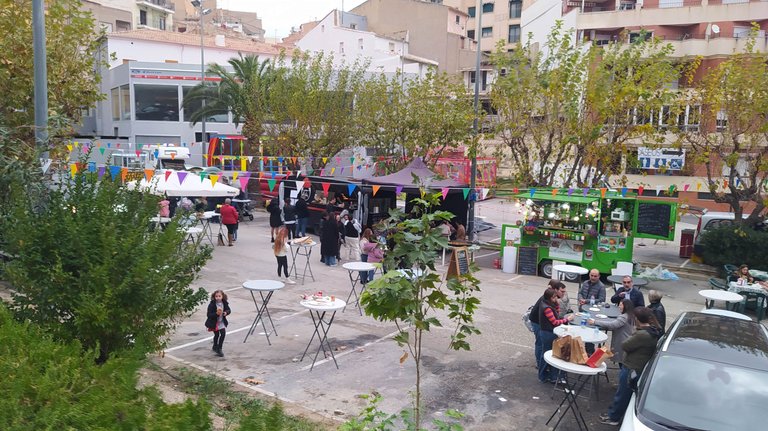
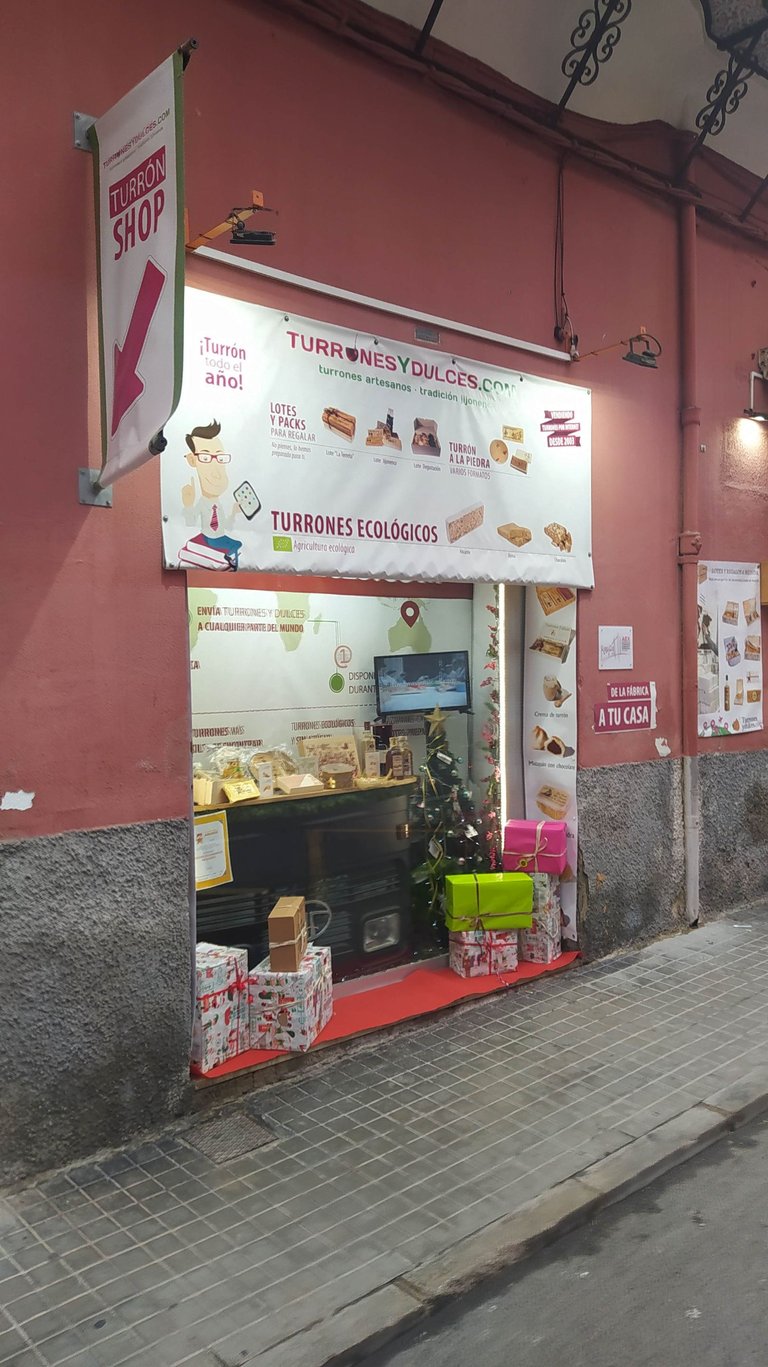
As I mentioned in my Christmas post, Jijona is famous for its turrón (soft nougat), and this was one of many shops in town that were selling it...

Despite being a small town, you can find buildings like this one... Casa Monerris Planelles is build in 1928. and it looks like some old buildings that you can see in Valencia or Barcelona...
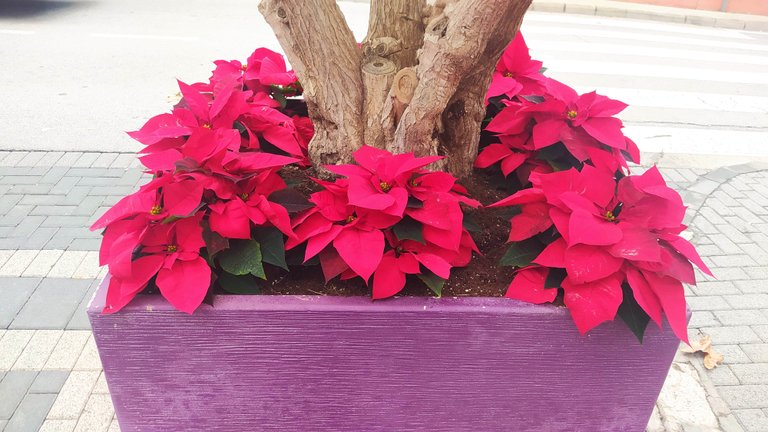
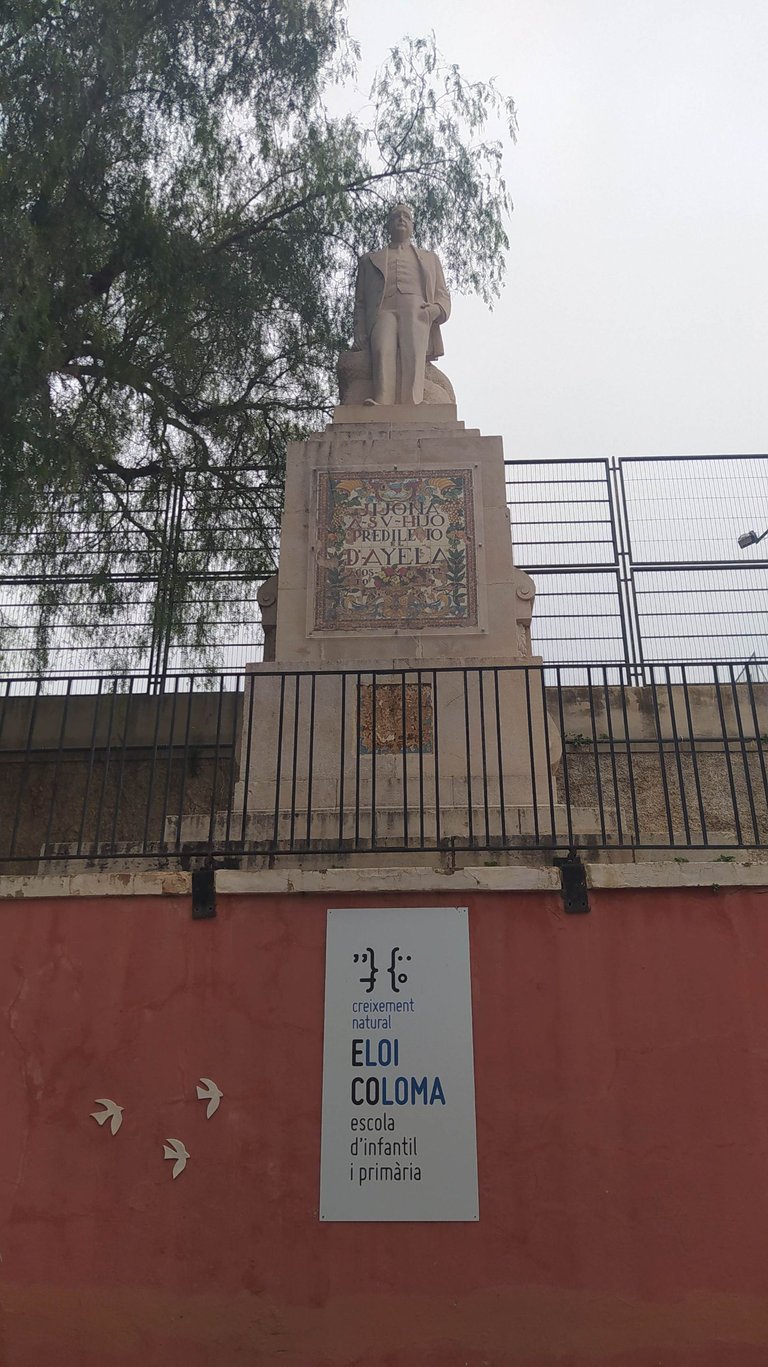
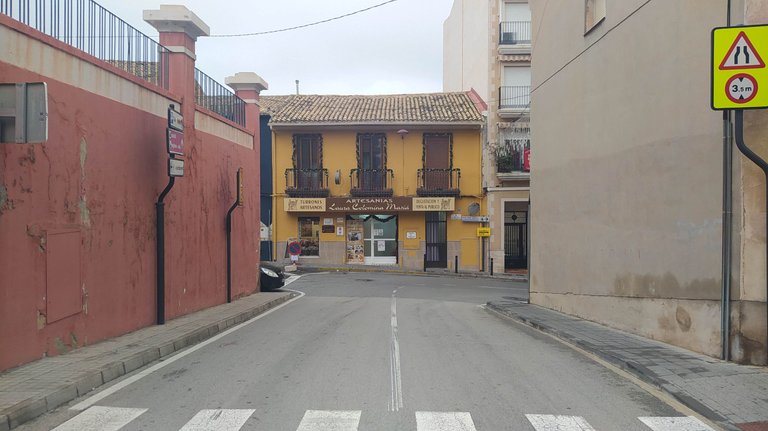
Another turrón shop at the end of the street... :) Of course, all homemade and artesanal!
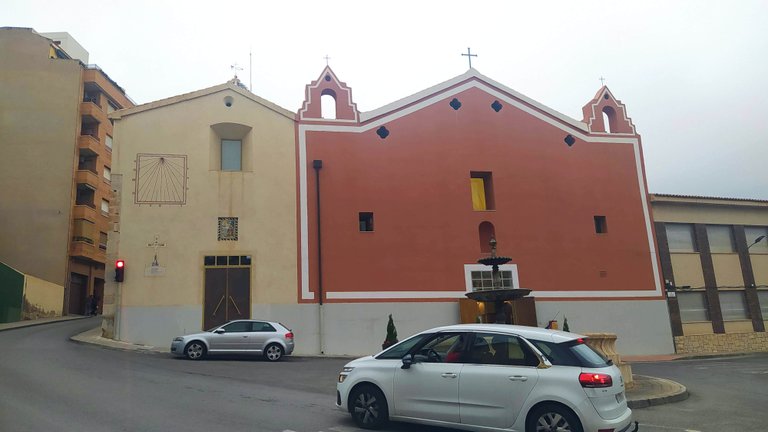
This building is a perfect example how you can preserve the old architecture, but will changing the purpose of it... This was an old Franciscan convent that is turned into a multipurpose building that is used for concerts, gatherings, etc... The part on the left is a historical archive of Jijona where you can find 500 years old books!
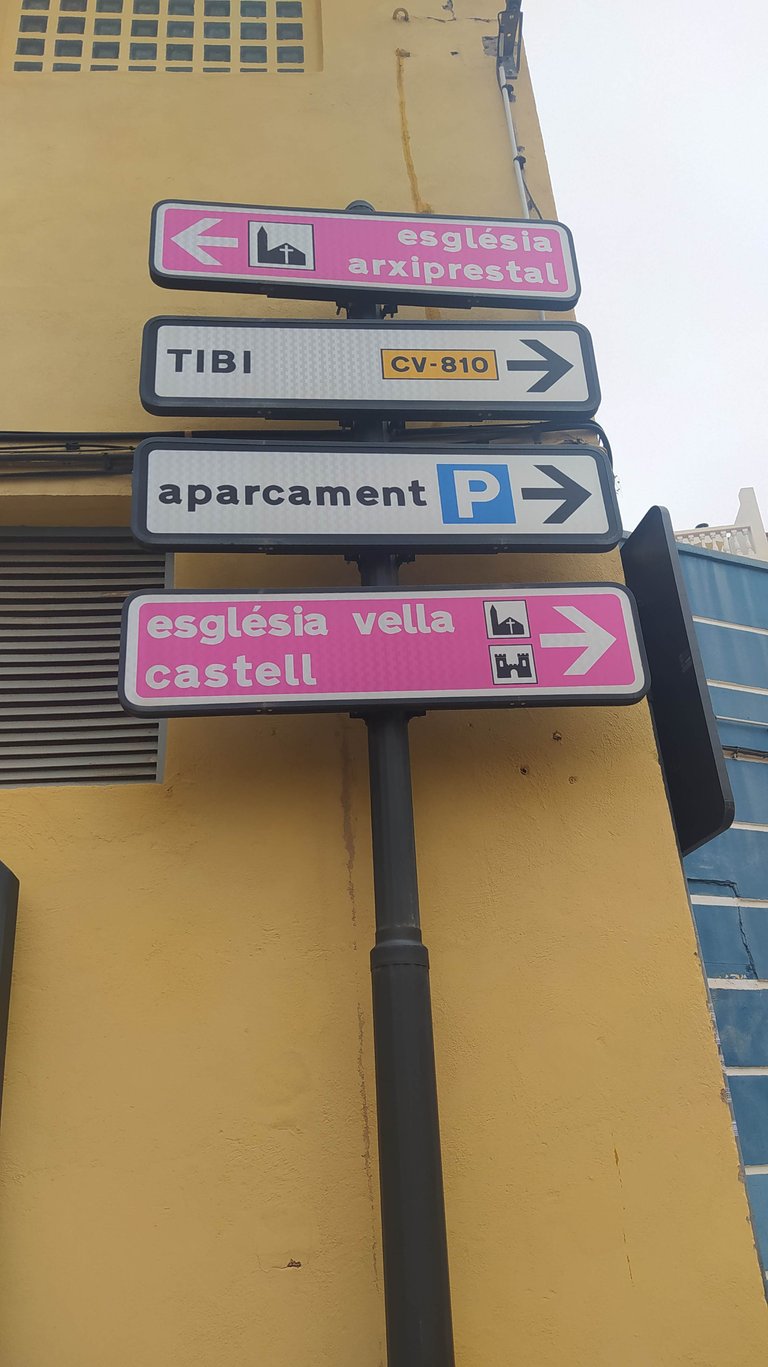
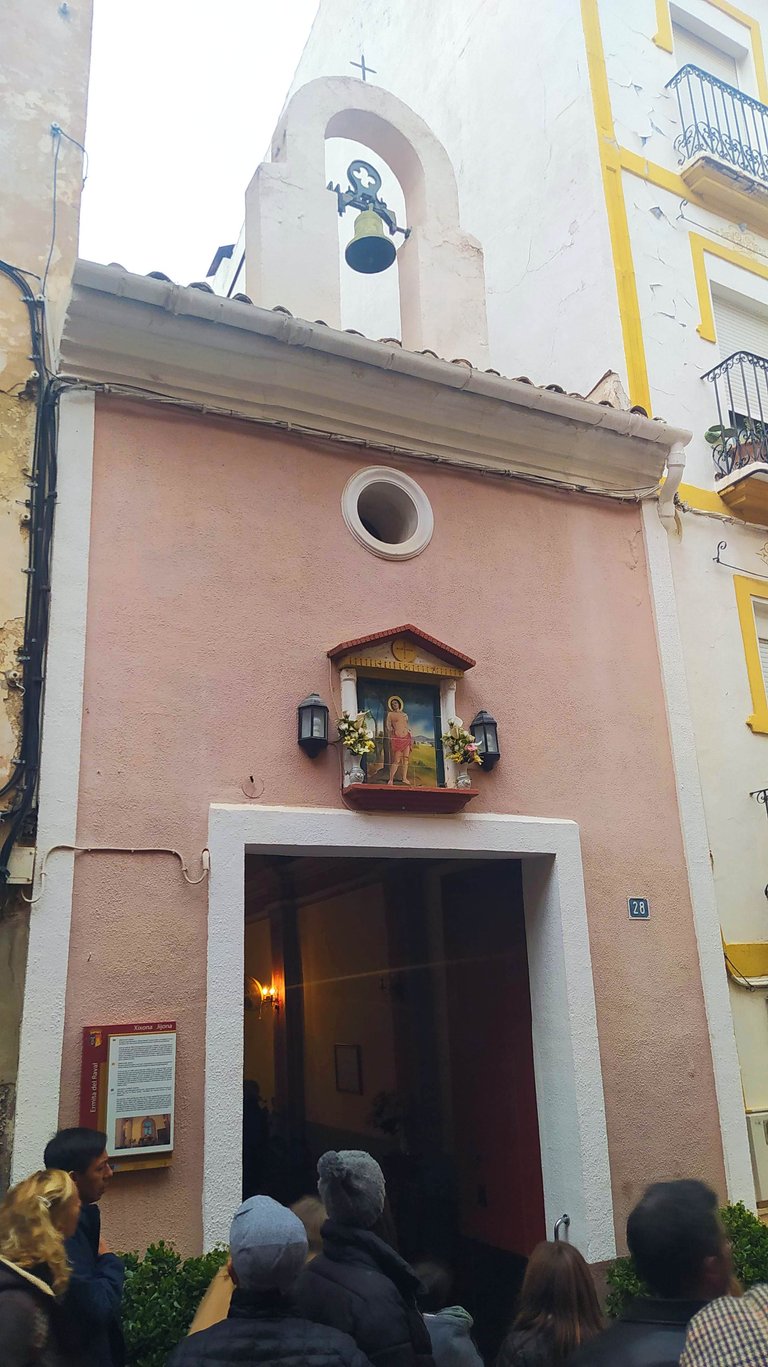
This was a small church named Ermita del Raval, which was explained as one outside the main wall around the town... It is very tiny and it can fit maybe 10-15 people in the same time...
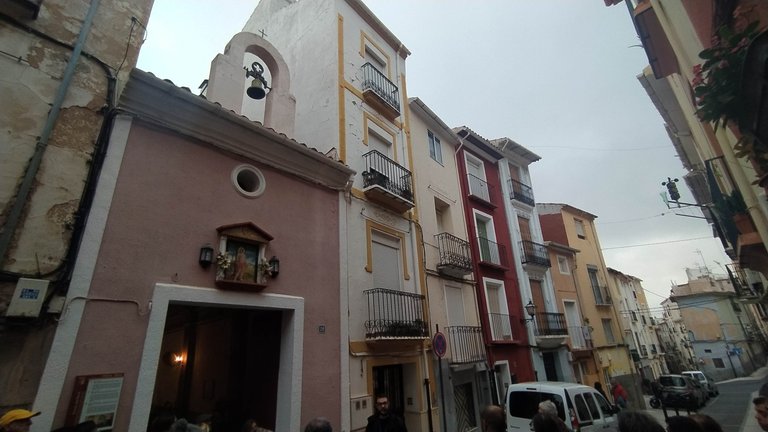
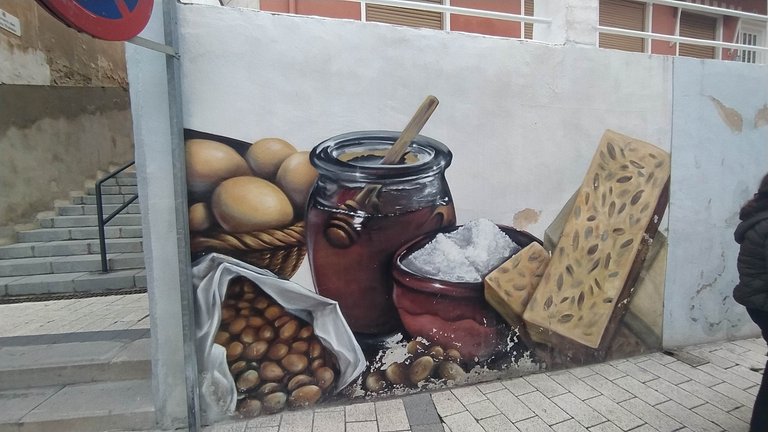
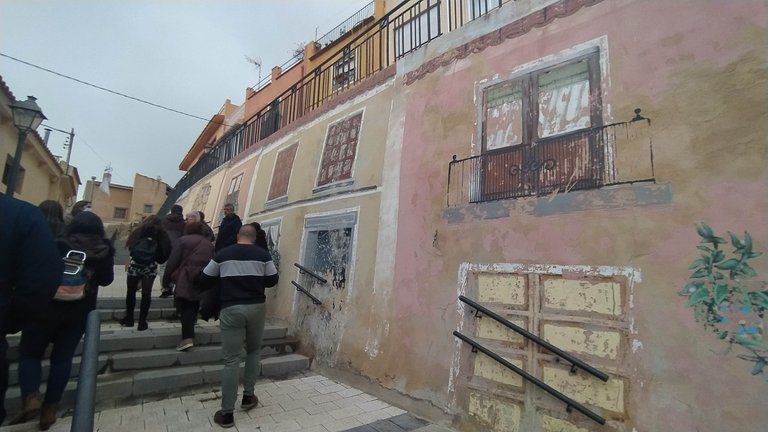
As you can notice, we have been climbing on different stairs to get to the top of the town... Sounds weird to say it like that, but you will see... 🙂
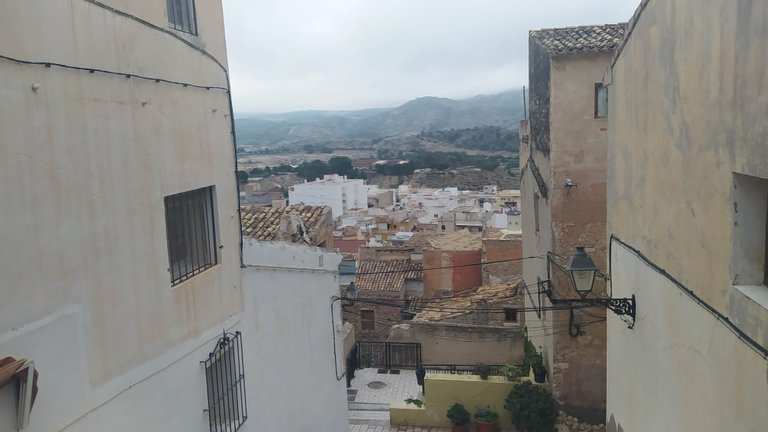

There are streets where you can "climb" by car, but we took shortcuts by more stairs...
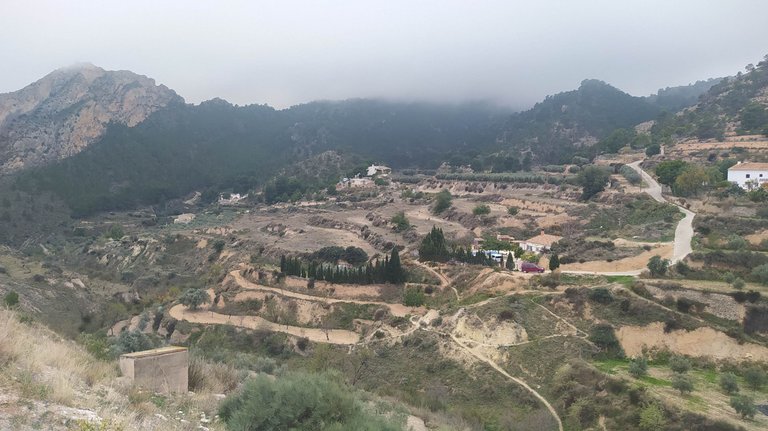

What you can see in the distance was our goal... The remaining of the old castle that was built in the 12th century!!!

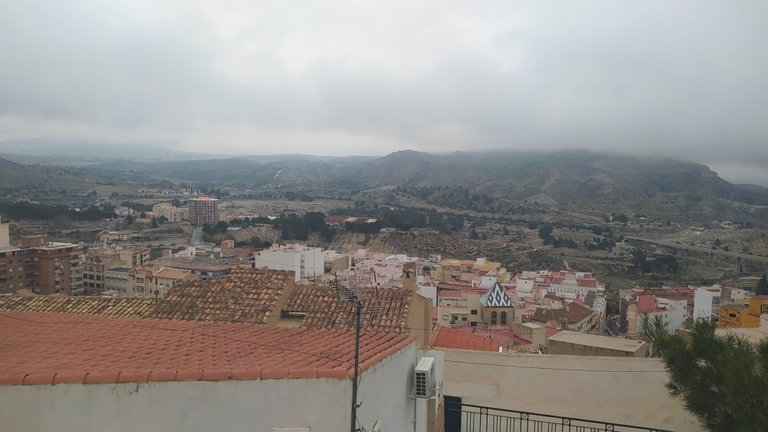

The views from the top were magnificent wherever would you take a look... As the town is in the mountains and the weather is cloudy, you can notice low clouds covering the hill...
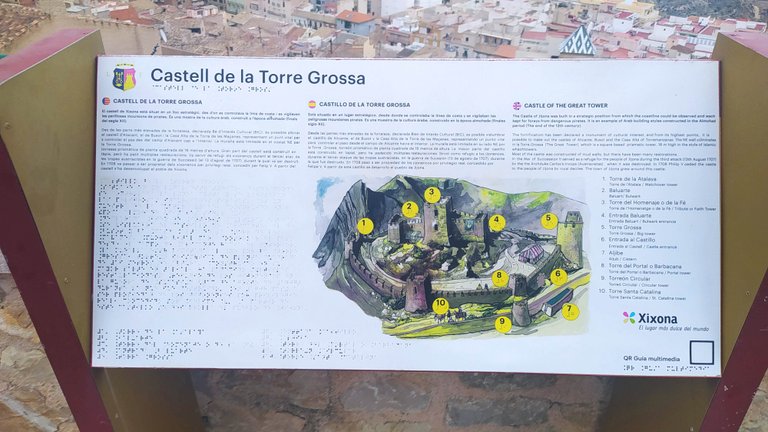
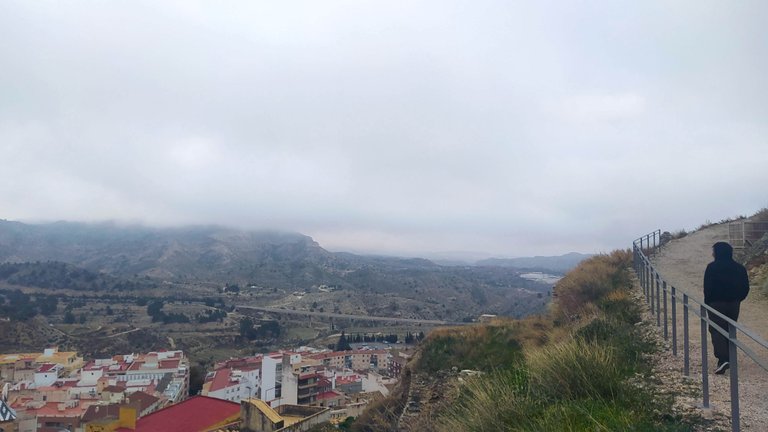
When the sky is clear, you can see the sea from this point (photo above)... On the left is situated the highest tower of the castle and in the old days, towns would communicate with each other from the tops of their castles... For example, from this one, you could see the Alicante Santa Barbara castle, which would signal an attack from the sea... As Jijona is situated around 30 km from Alicante, they would have enough time to prepare themselves for the town defense! As town on the seaside were more often under attack, a lot of important archives, papers, and valuables were stored inland, in towns like Jijona...
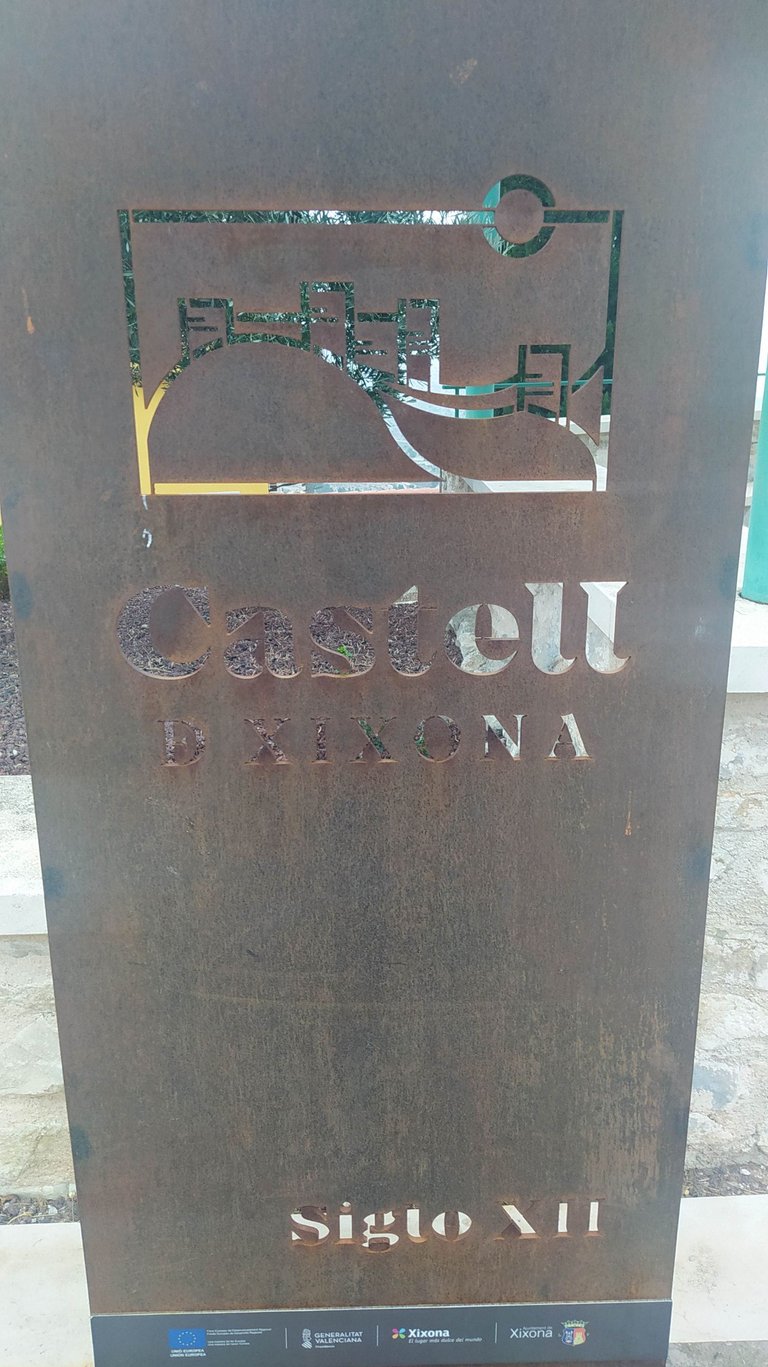

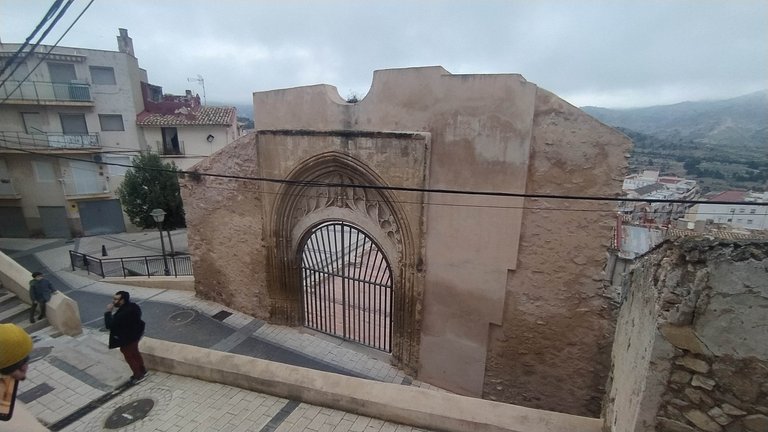
After visiting the castle, we went down, toward the starting place... On the way there, we saw the remains of the old Santa Maria church... There is no data about the exact date when it was built, but the estimate is around the 13th century... Unfortunately, what you can see is the only what remained of it...


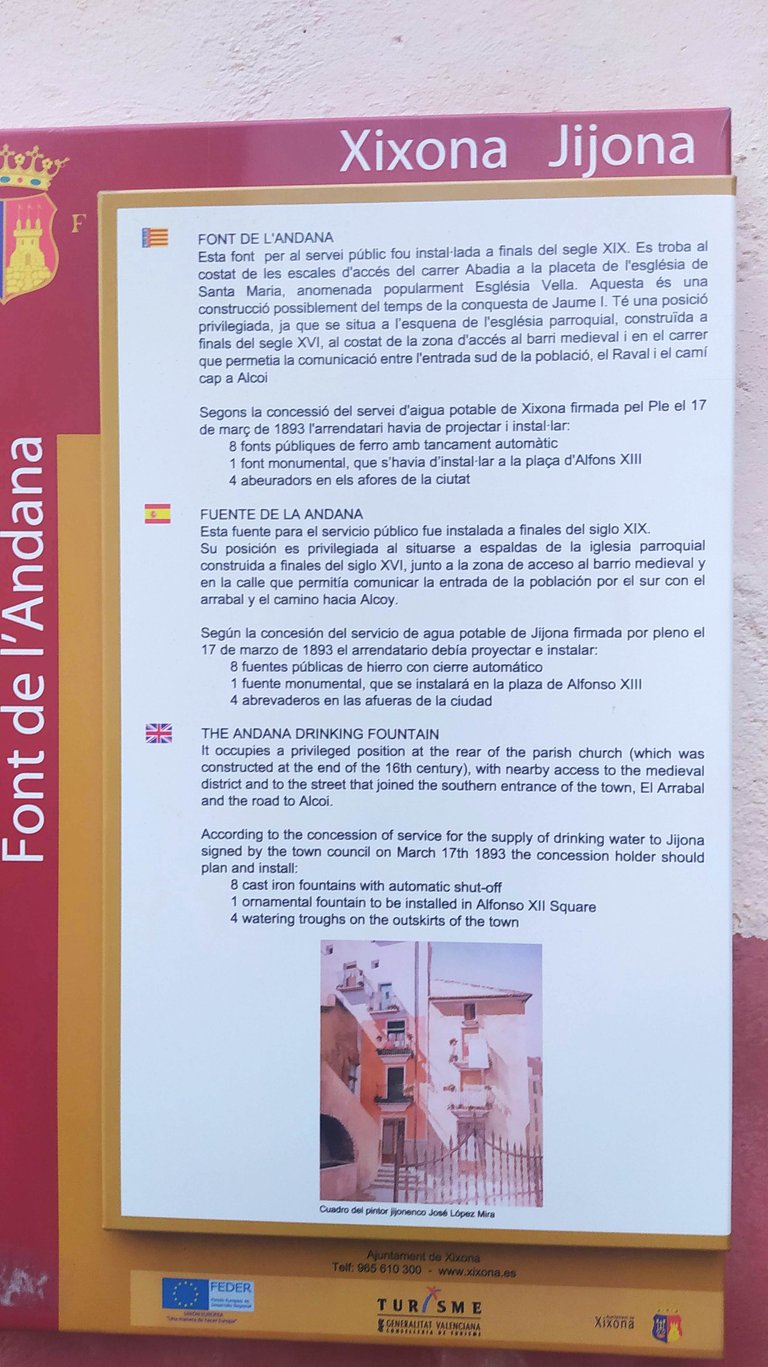
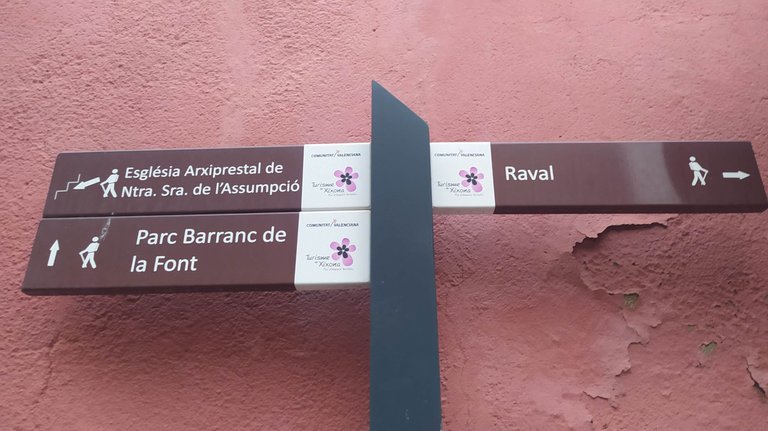
Going down this narrow street we came back to the town center, and that small square that was decorated with those knitted artworks (check out this post)...
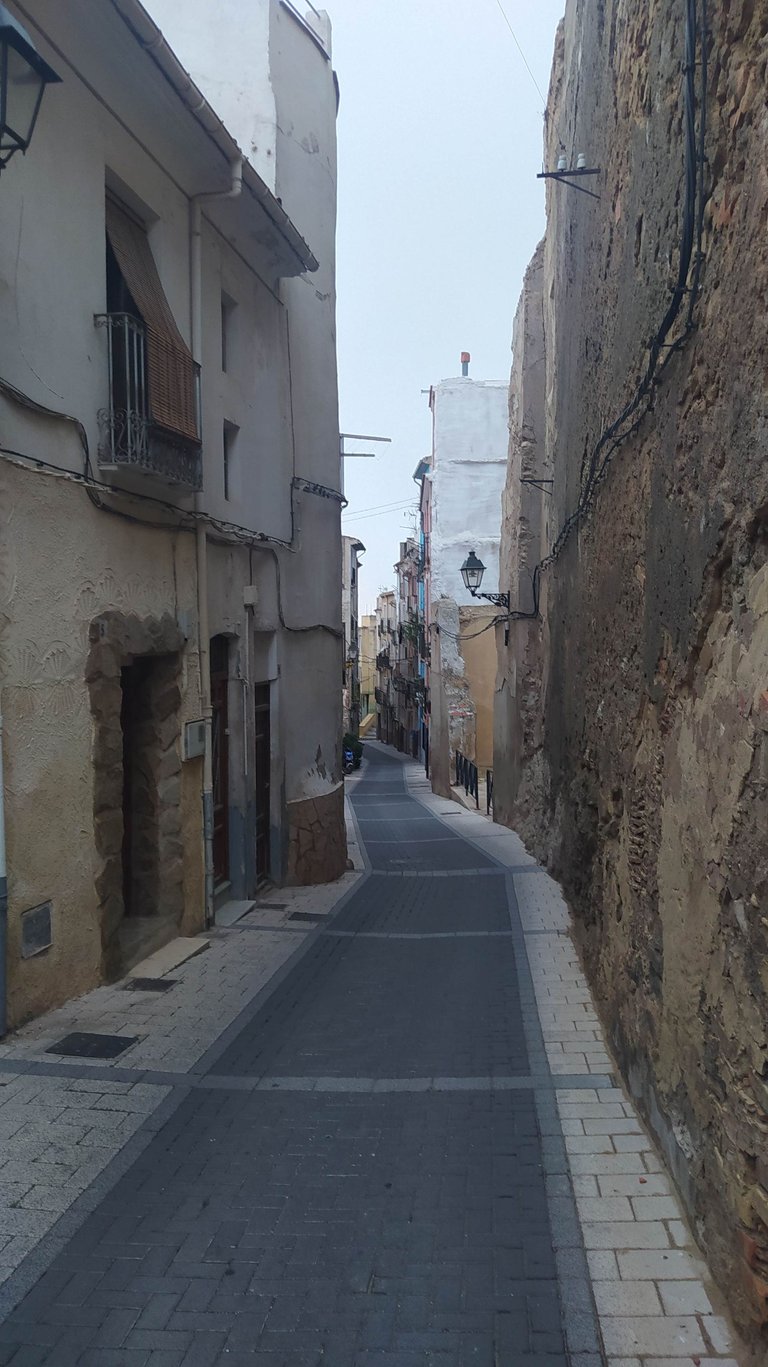
The whole walk took around 1-2 hours and I would say that we saw maybe half of the whole town... The rest were newer buildings that weren't that interesting to see... I hope you liked this short history walk...
Thank you for your time,
~ph~

👉 Vote for Liotes HIVE Witness HERE 👈
Don't forget to follow, reblog, and browse my Hivepage to stay connected with all the great stuff!




 -
- 
 -
- 




